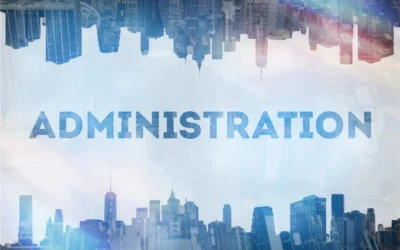As your group’s Plan Administrator, you're on the front lines of ensuring compliance. That includes gathering the right data, filing Form 5500 accurately, and meeting critical deadlines. At Watkins Ross, we expertly prepare Form 5500 for our clients. This is...
Articles from Our Team
What’s been going on in the retirement & health plan fields? Here we’ll discuss the latest information & best practices for managing your plans.
Latest Article
Recent Articles
Your Plan Document: The Backbone of Retirement Plan Administration and Legal Compliance
Employee benefits, like retirement plans, play a powerful role in boosting engagement and supporting long-term employee retention. To maximize a retirement plan’s value for both employees and the company, plan administrators must ensure the plan is carefully...
Defined Contribution Plan Annual Review: Key Steps for Plan Administrators
As a plan administrator, you play a vital role in managing a Defined Contribution Plan, you play a crucial role in keeping retirement plans, benefit programs, and pension systems running smoothly. Your responsibilities include overseeing compliance,...
Why Plan Sponsors Need a Strong Cybersecurity Policy for 401(k) Plans
If you’re responsible for managing your company’s 401(k) plan, cybersecurity might not be at the top of your to-do list—but it should be. Retirement plans contain highly sensitive financial and personal data, making them a prime target for cybercriminals. A...
Dividing Pensions in a Divorce: What You Need to Know
Dividing pensions in a divorce can be a complicated process for plan administrators to navigate, but understanding the steps and roles involved can help make things smoother. The court is ultimately responsible for determining how pension benefits will be...
Why Accurate Compensation Plan Definitions Are Essential for Your 401(k) Plan
Using the correct definition of your compensation plan in your 401(k) plan is essential. When it’s wrong, it can cause headaches like failed plan tests, incorrect contributions, or even IRS penalties. Here’s what you need to know to avoid these issues. What...
Why Clean Year-End Data Matters for Your 401(k) Plan
Ensure accurate year-end 401(k) data for correct contributions, smooth audits, compliance, and efficient plan management.
How Mergers and Acquisitions Impact 401k Plans: What Plan Sponsors Should Know
When companies engage in mergers and acquisitions (M&A), the focus is often on operational integration, financial restructuring, and human resources. However, one area that deserves particular attention is the impact on 401k plans. As a plan sponsor,...
Tracking Payroll Deposits to a 401(k): A Guide for Plan Sponsors
Learn how to track 401(k) payroll deposits, ensure compliance, maintain employee trust, and avoid penalties with best practices and helpful strategies for plan sponsors.
Catching Up to the New Age-Based Catch-Up Contribution Limits
Explore SECURE 2.0’s new age-based catch-up contribution limits for 401(k), 403(b), and 457(b) plans starting January 1, 2025.








